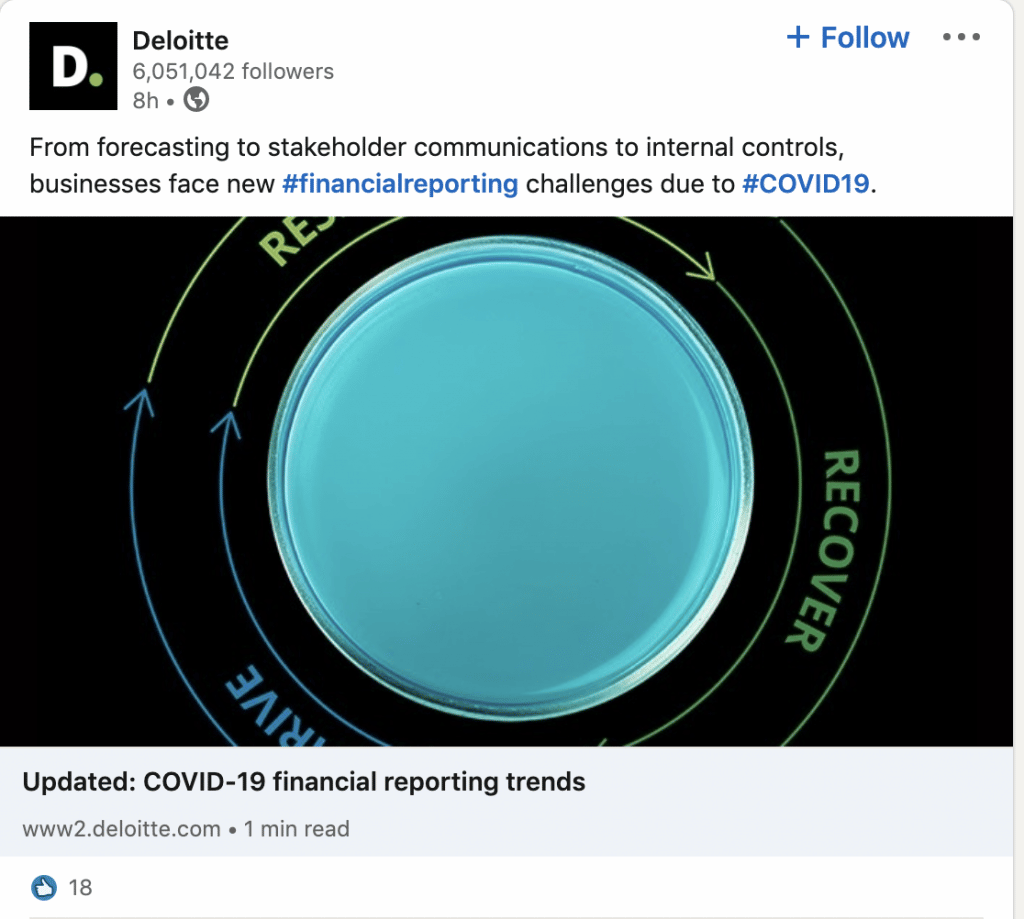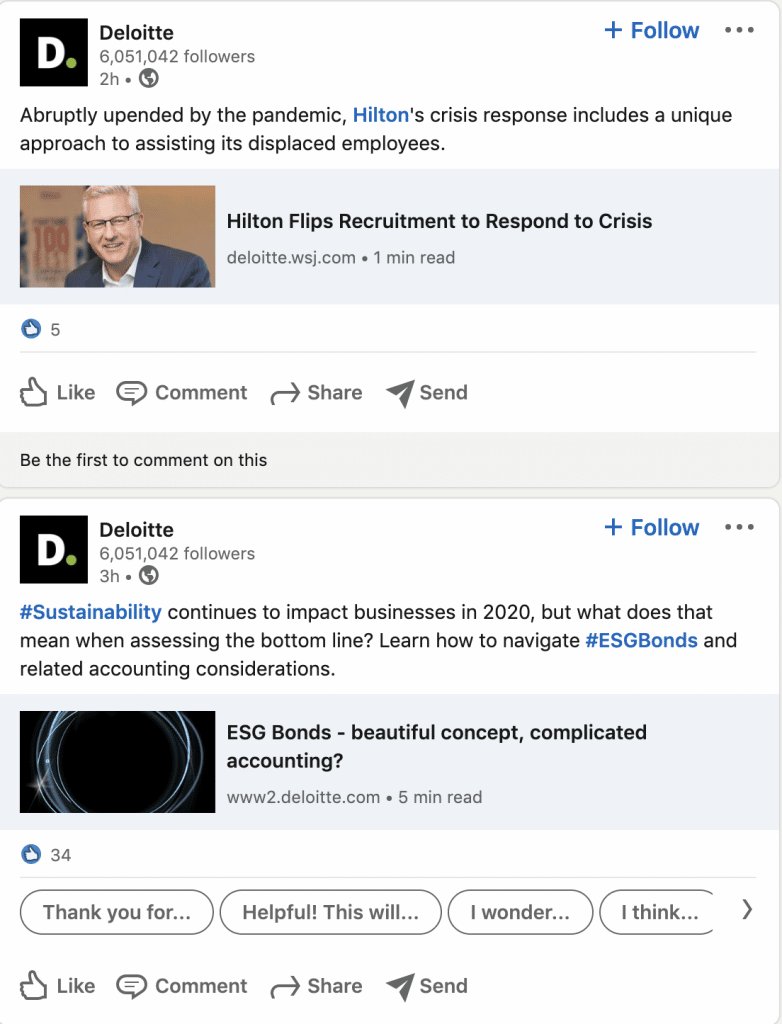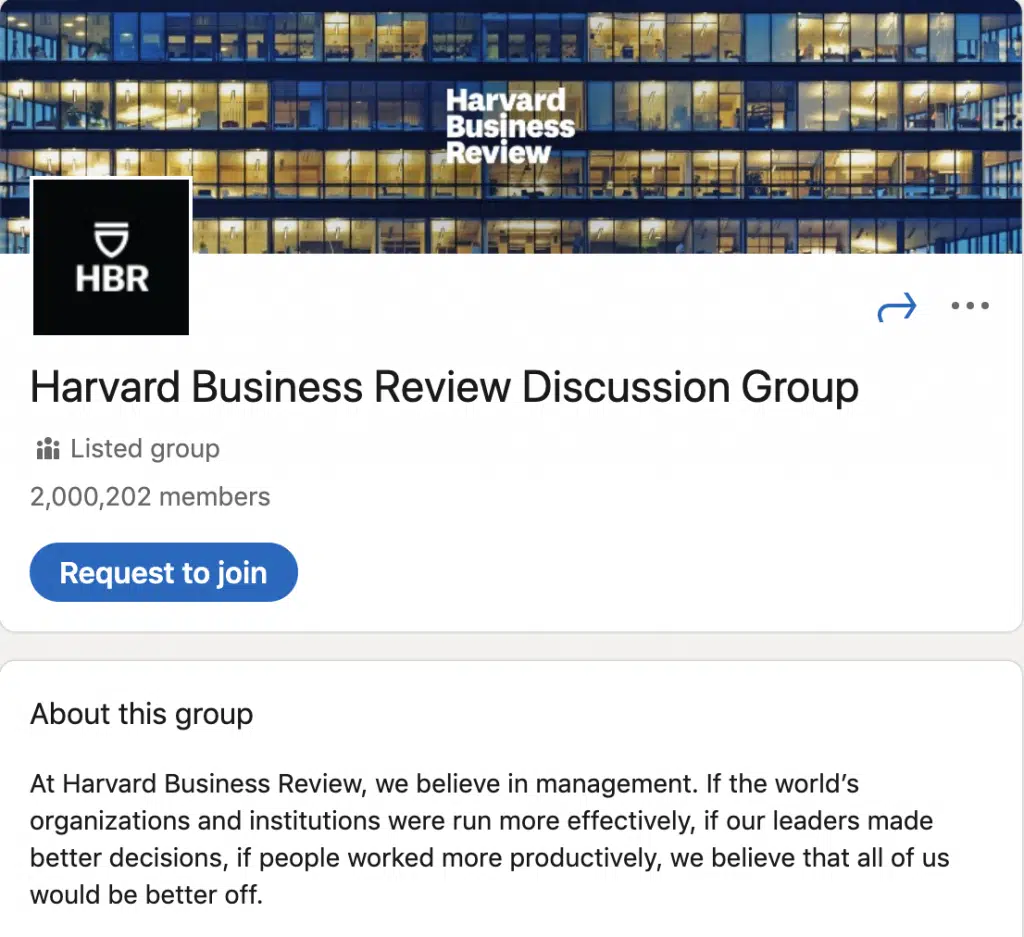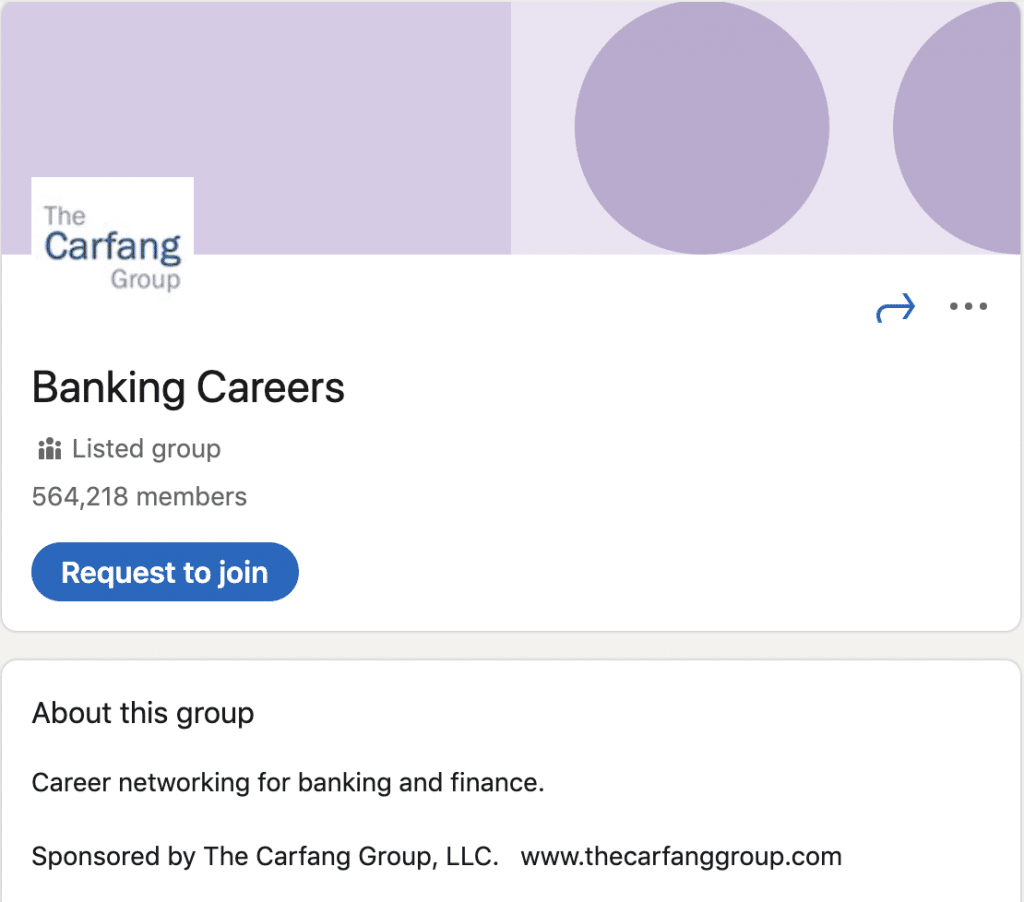When most people talk about social media marketing, they’re thinking of two sites: Facebook and Instagram. Sometimes, Twitter gets thrown in the mix, and more recently, TikTok has entered the game.
But LinkedIn? The site for networking? It hardly ever gets a mention and the acknowledgment that it deserves.
And it’s a shame too. When used correctly, LinkedIn can be just as effective, if not more so, than Facebook, Instagram, Twitter, and TikTok.
However, you can’t just use the same strategies you would on other social networks and expect them to work on LinkedIn. LinkedIn is a peculiar beast: it caters to a very different demographic than the others do, so you need to adjust the content you post and the way you go about things accordingly.
Here, we’re going to lay out the fundamentals of LinkedIn marketing so you can evaluate whether you should have a presence on the network. Additionally, we’ll provide some strategy ideas and tips along the way.
What Is LinkedIn?
LinkedIn is a social network site that was launched in 2003. Unlike Instagram, Twitter, Facebook, and the like, LinkedIn is built to help professionals make connections in their fields. It’s a place to share career milestones, not your vacation photos.
Currently, LinkedIn has over 770 million users from over 200 countries. That makes it one of the largest global professional networking platforms in existence. There’s a lot of potential for your business to reach new customers on LinkedIn, but you will need to do so in a different way than you would on other sites.
What Makes LinkedIn Unique?
So far, we’ve touched a lot on the idea that LinkedIn is different from other sites. But what exactly makes it unique from a marketing perspective?
The key difference is that when you market on other sites, like Facebook, Instagram, etc., you’re usually trying to reach consumers. On LinkedIn, you’re primarily trying to reach decision makers at other businesses, like CEOs, CFOs, VPs of marketing, etc.
In short, Facebook, Instagram, and TikTok are largely B2C (business to consumer) marketing platforms. LinkedIn is a B2B (business to business) marketing platform.
Of course, there is some overlap — you can use Facebook and Instagram to run a successful B2B marketing campaign, it’s just a bit harder. But that overlap mainly goes one way. It doesn’t make much sense to run a successful B2C campaign on LinkedIn.
Even though a lot of people will have accounts on several social networks, their mindset and behavior change depending on which one they’re using. When they’re on Instagram, they’re more likely to be receptive to shopping and entertainment. On LinkedIn, they’re more likely to be in office mode.
So, your post about your firm’s newest acquisition is more likely to make a splash on LinkedIn than on Instagram. People on Instagram are there because they’re tired of work and want a break. The reverse is true for LinkedIn.
How to Use LinkedIn for Marketing
Before moving forward, it’s important to distinguish between inbound and outbound marketing. With inbound marketing, your goal is to have customers come to you. With outbound marketing, your goal is to reach out to customers on your own through cold calling and paid advertisements.
We’re going to be focusing primarily on inbound marketing here, largely because LinkedIn outreach is fairly simple conceptually: search for decision makers and send them a message. While you can go much further in depth here, doing so would require an entirely separate article.
That said, there will be some overlap when it comes to sponsored posts. These strategies also assume that you have a LinkedIn business profile already, you’ve filled it out completely, and optimized it for SEO. If you haven’t done that yet, now’s the time to get on it.
Position Yourself as a Thought Leader Through Content
When people go on LinkedIn, they’re in business mode: they want to make connections and find information that will help them improve their professional skills or grow their business.
That means that if you can provide useful business information to them, you’ll be getting them at just the right time to make a meaningful connection.
The hard part, though, is that your audience is going to be tougher and more discerning. If you’re marketing on LinkedIn, you’re likely trying to sell high-ticket products and services to CEOs and people who have climbed to the top of their fields, not trying to sell yoga pants to high school and college kids.
Because of this, you need to present thought leadership content: content that presents your business as a true authority and leader in your field. To really make this work, you’ll need to have something truly unique and timely to say, not just a rehashing of old ideas that professionals have been exposed to ad nauseum.
Deloitte is one business that has this strategy down pat. Take a look at some of the content that they’ve been promoting on LinkedIn:


It’s clear that this isn’t run-of-the-mill content. On the contrary, each of these articles provides expert insights that will be valuable to leaders in their respective industries.
But how does this actually help you grow your business? Well, when people read through your articles and see that you know what you’re talking about, they’re more likely to reach out to you. After all, people are much more likely to work with a business that’s a demonstrated authority and leader in its field.
To implement this strategy, simply write up blog articles and white papers, make videos, or record podcasts that deliver valuable information. Then, post them on LinkedIn.
If you want to take things a step further, you can also sponsor these posts, which means paying for your post to show up in other LinkedIn users’ feeds. This can expedite the process, but it’s more costly than letting your content marketing efforts grow organically.
Start a LinkedIn Group
LinkedIn’s groups feature is a useful tool that can get professionals talking with each other about topics that relate to their industries. It’s a great conversation starter, and it can also be a great way to market your business.
How does it work? The concept is along the same lines as posting thought leadership content. Essentially, it positions your business as an authority because you are quite literally the authority in the group.
Once you start a LinkedIn group, you’ll become the admin, and you’ll generally act as the leader and moderator. If you can run a useful group that fosters productive discussion, provides great tips, and connects professionals, the people in your group will come to view you as a strong leader and authority figure. Plus, you’ll also have the ability to promote your own products in the group.
For example, imagine you start a group for your accounting firm, DW Accounting, and name the group DW Accounting Professionals Forum. Most people won’t be turned off by the branding in the group name as long as the content and the discussion that takes place in the group is good.
If the group’s membership grows, you’ll end up with lots of people seeing your brand’s name on a regular basis, viewing your business as an authority figure, seeing the promotions you post in the group, and recognizing that your brand is capable of fostering great discussion and community. The benefits of this are clear.
Take a look at these examples to get a better idea of what this looks like:


Neither of these groups are specifically about the businesses that sponsor them, but they still get their name out there for the hundreds of thousands of members. Of course, you don’t necessarily need to get thousands of members — even just running a small group of a few hundred can work in your favor.
Set Up a LinkedIn Newsletter
LinkedIn also has a useful newsletter feature that you can leverage to market your business. But why would anyone use a LinkedIn Newsletter over a regular email newsletter?
The answer is simple: signing up for a LinkedIn newsletter doesn’t require giving an unknown business your email. Instead, LinkedIn shows you a menu of newsletters you might be interested in, and you can just click subscribe for every one that you’re interested in. It’s a much easier process. Plus, your newsletter will show up in the same list as other newsletters, so you have a higher chance of getting seen in the first place.
Once you have your newsletter running, the same concept we’ve been going over applies: if your content is valuable to readers, they’ll come to view you as an authority, and consequently, make purchases.
Key Takeaways: How to Use LinkedIn for Marketing
There are two bits of advice and information you should hold onto from this guide:
- LinkedIn is a powerful B2B platform, but it isn’t great for B2C marketing.
- Presenting yourself as a thought-leader and authority in your industry is the key to successful inbound marketing on LinkedIn.
Once you understand these two basic concepts, you can skillfully make use of pretty much any LinkedIn feature or marketing strategy you come across. These two ideas are the roots of any successful LinkedIn marketing strategy, so let your implementations come from them.

